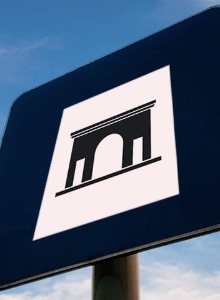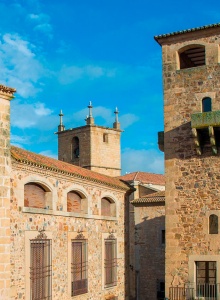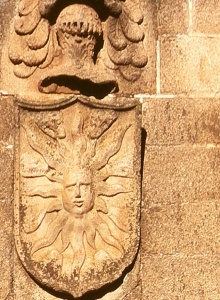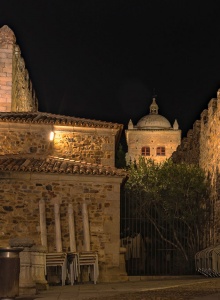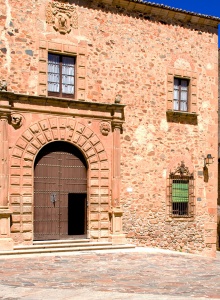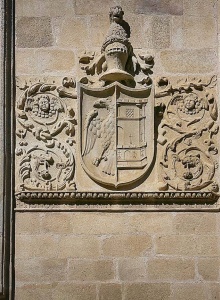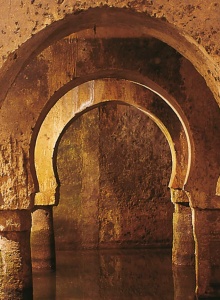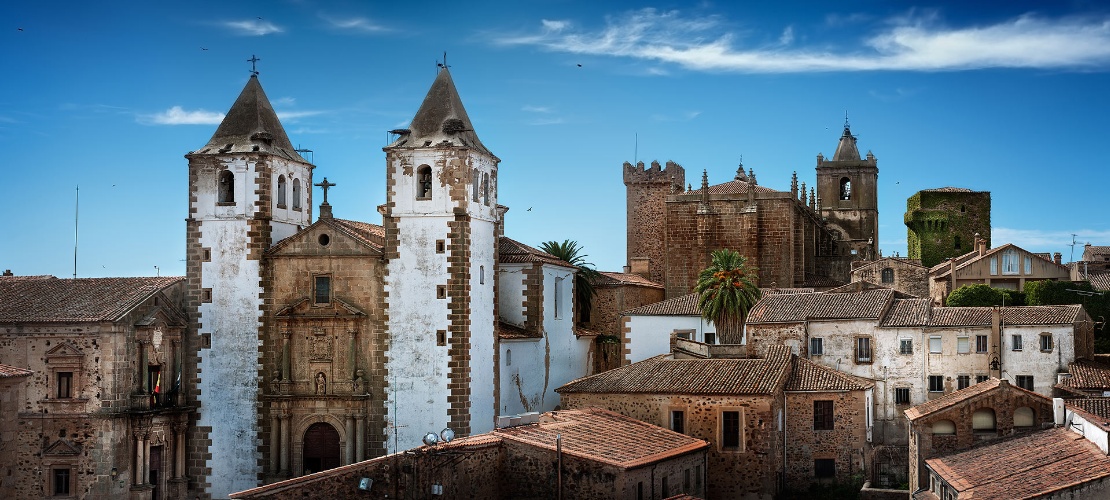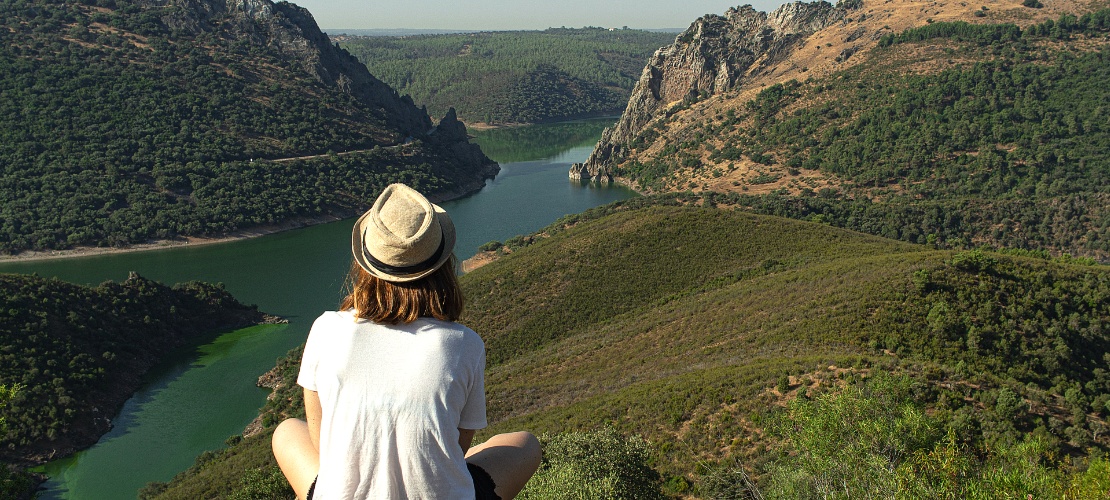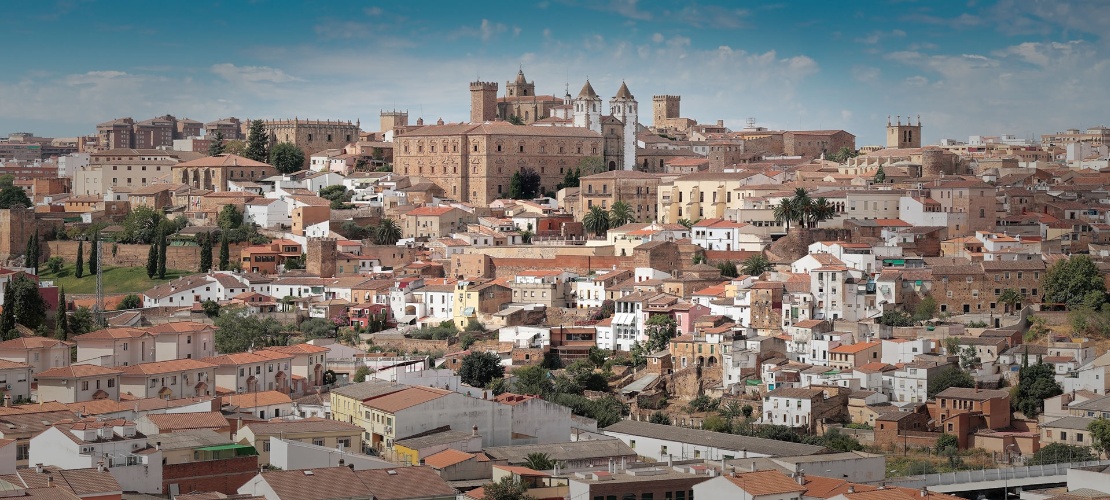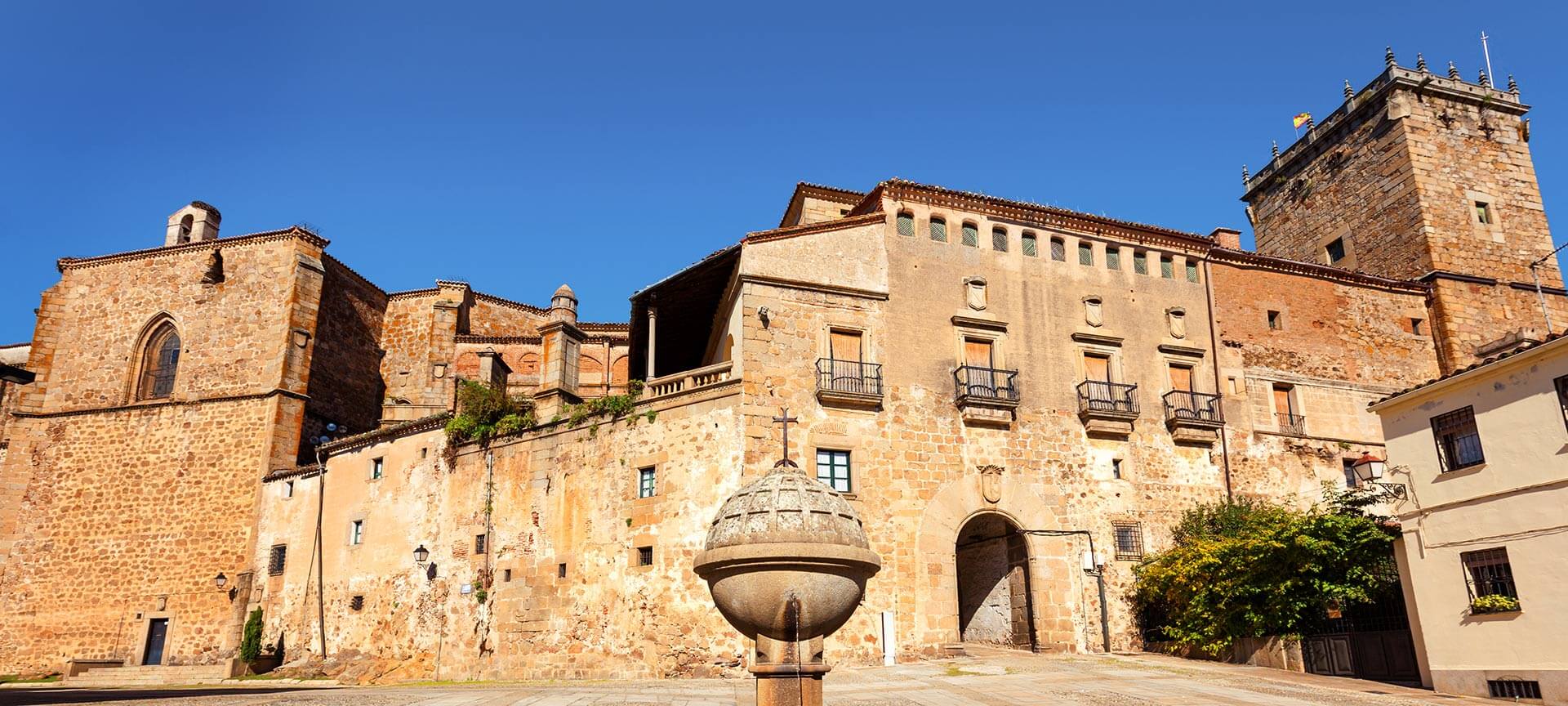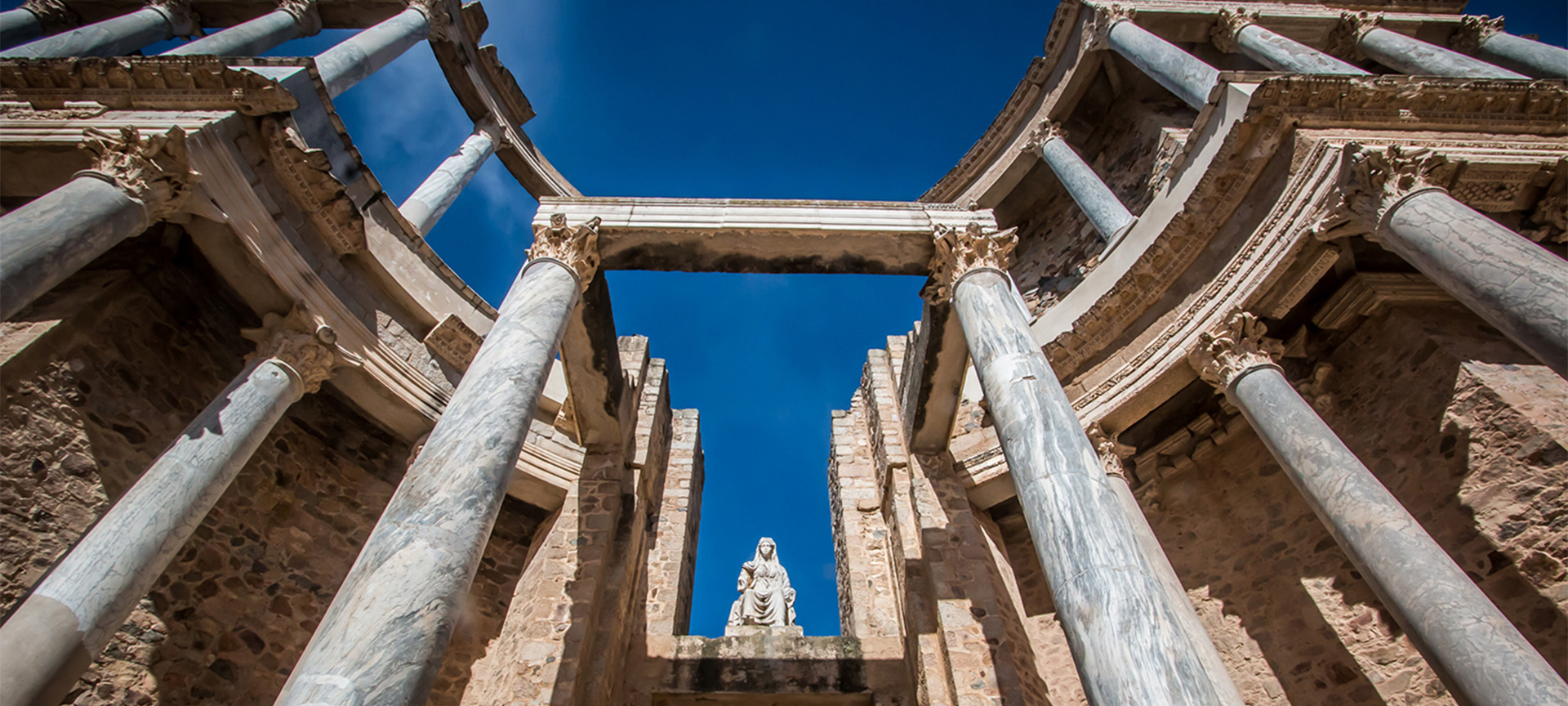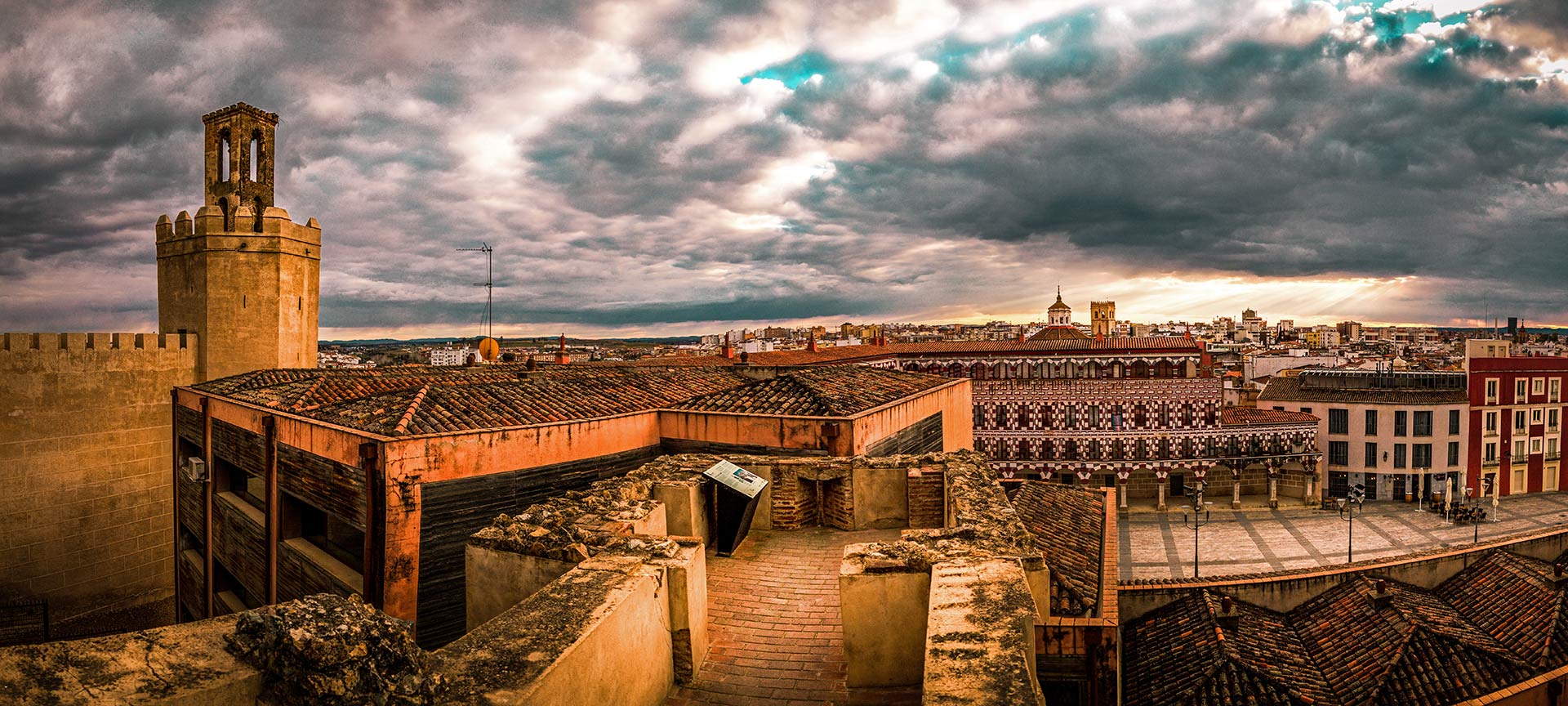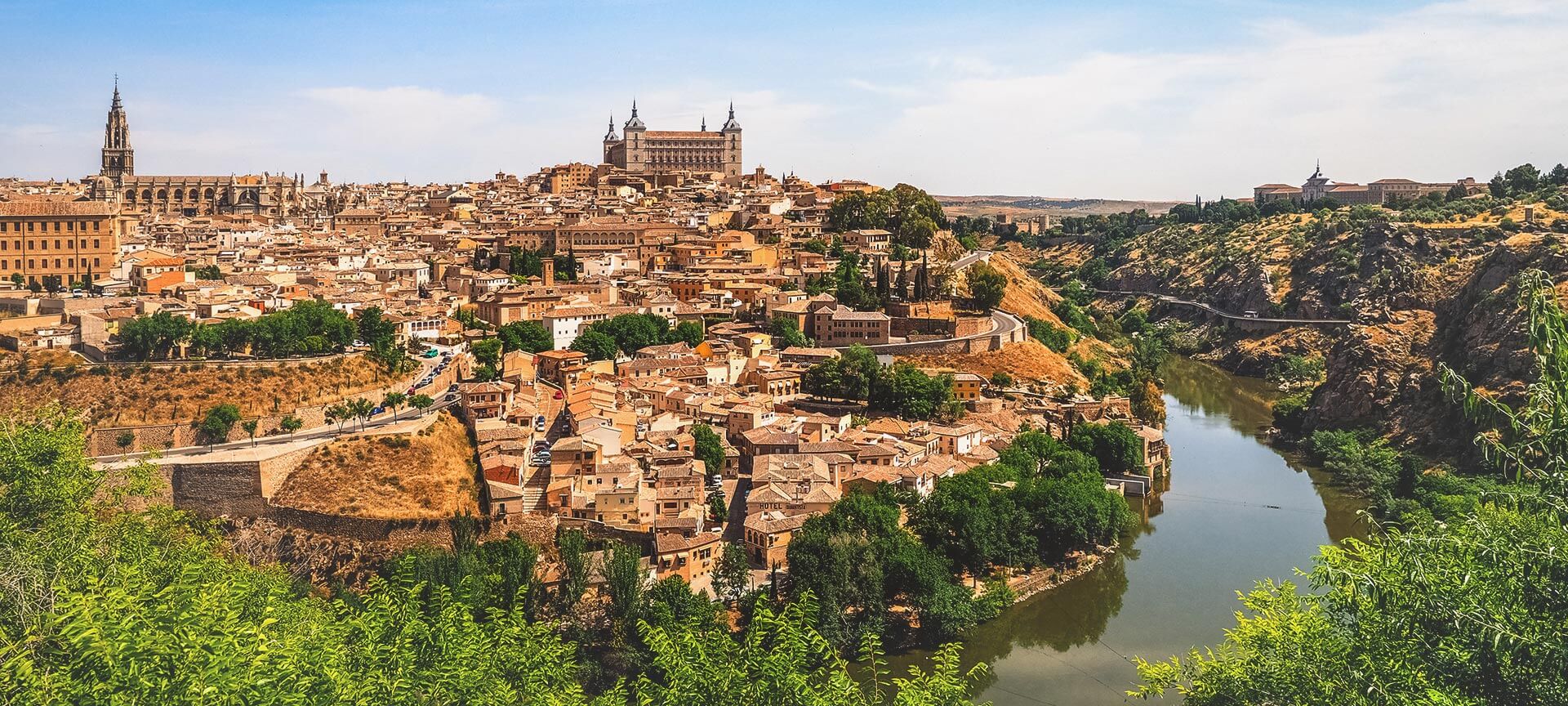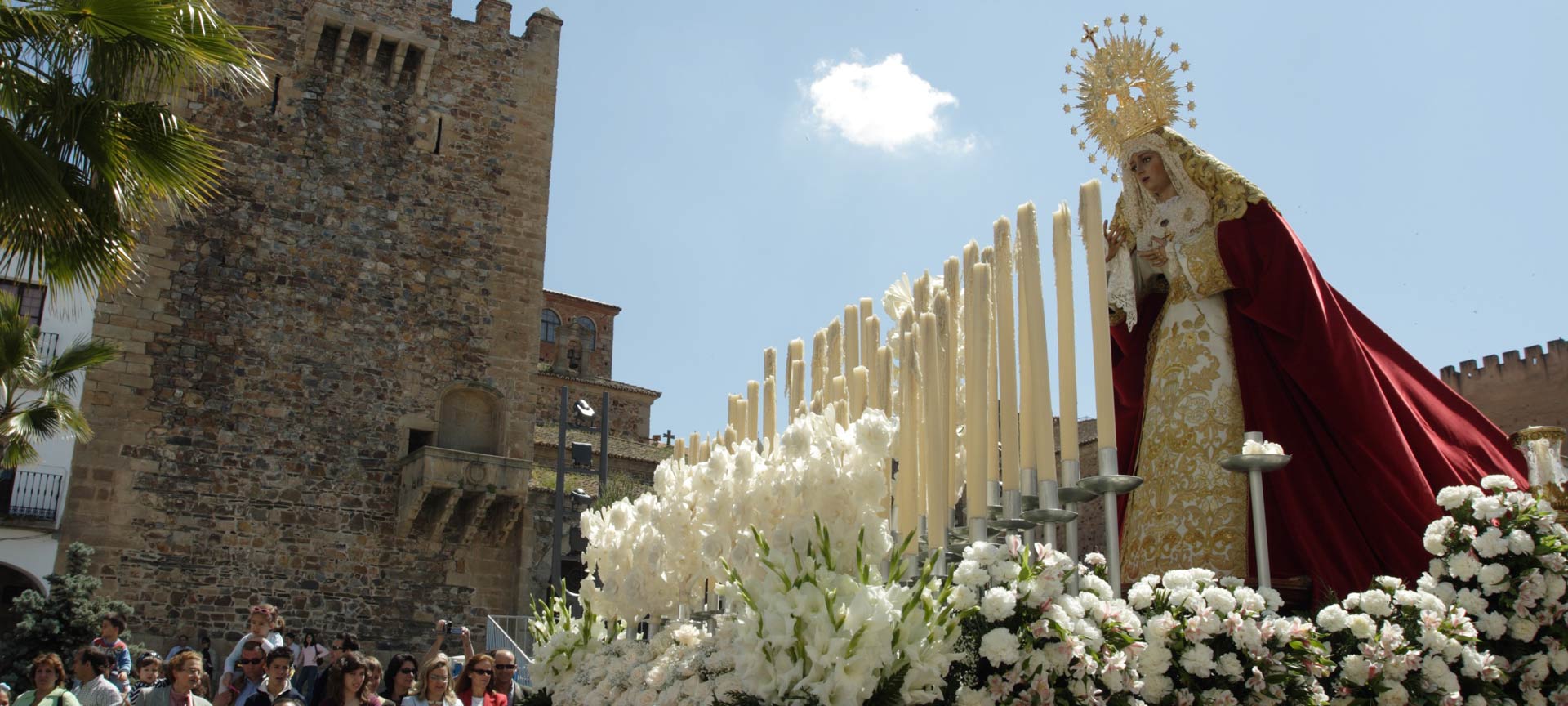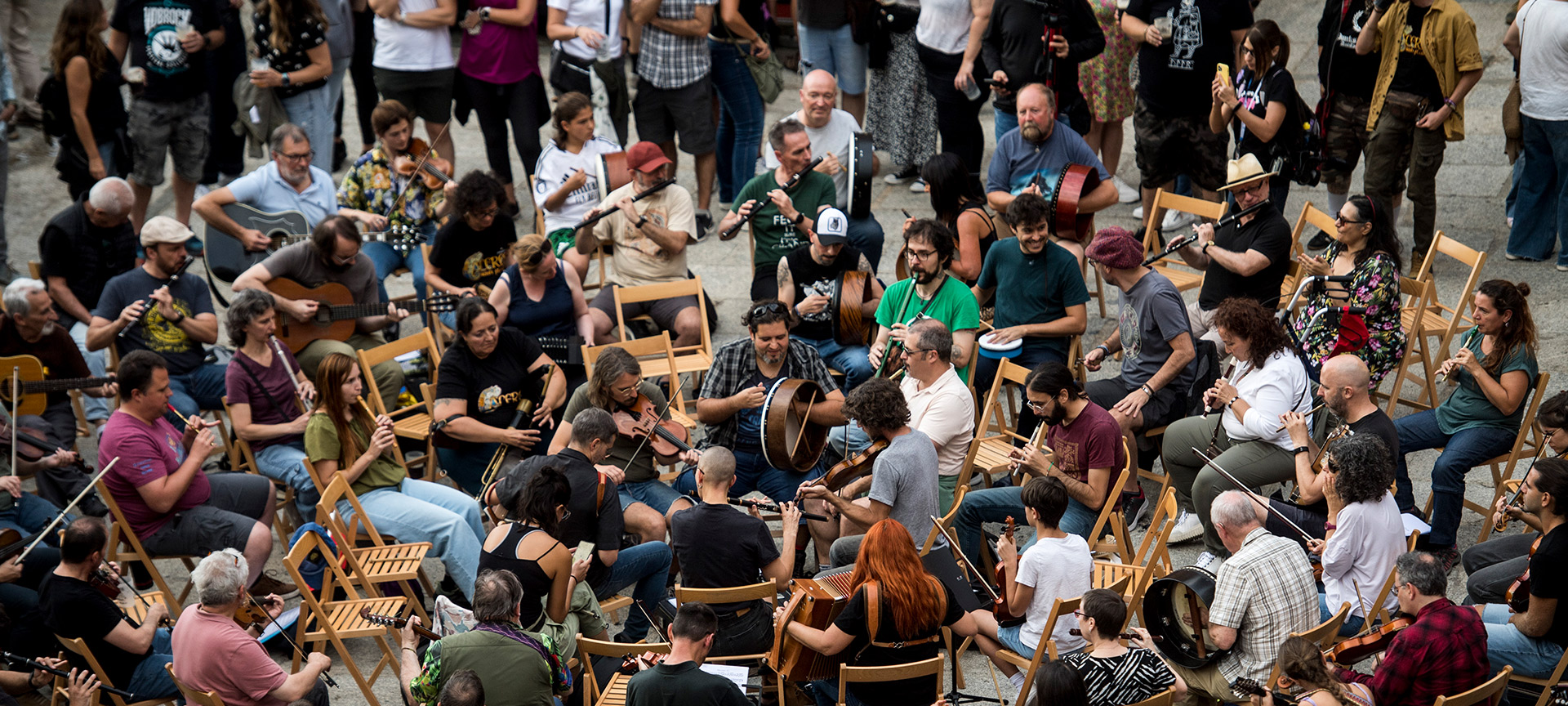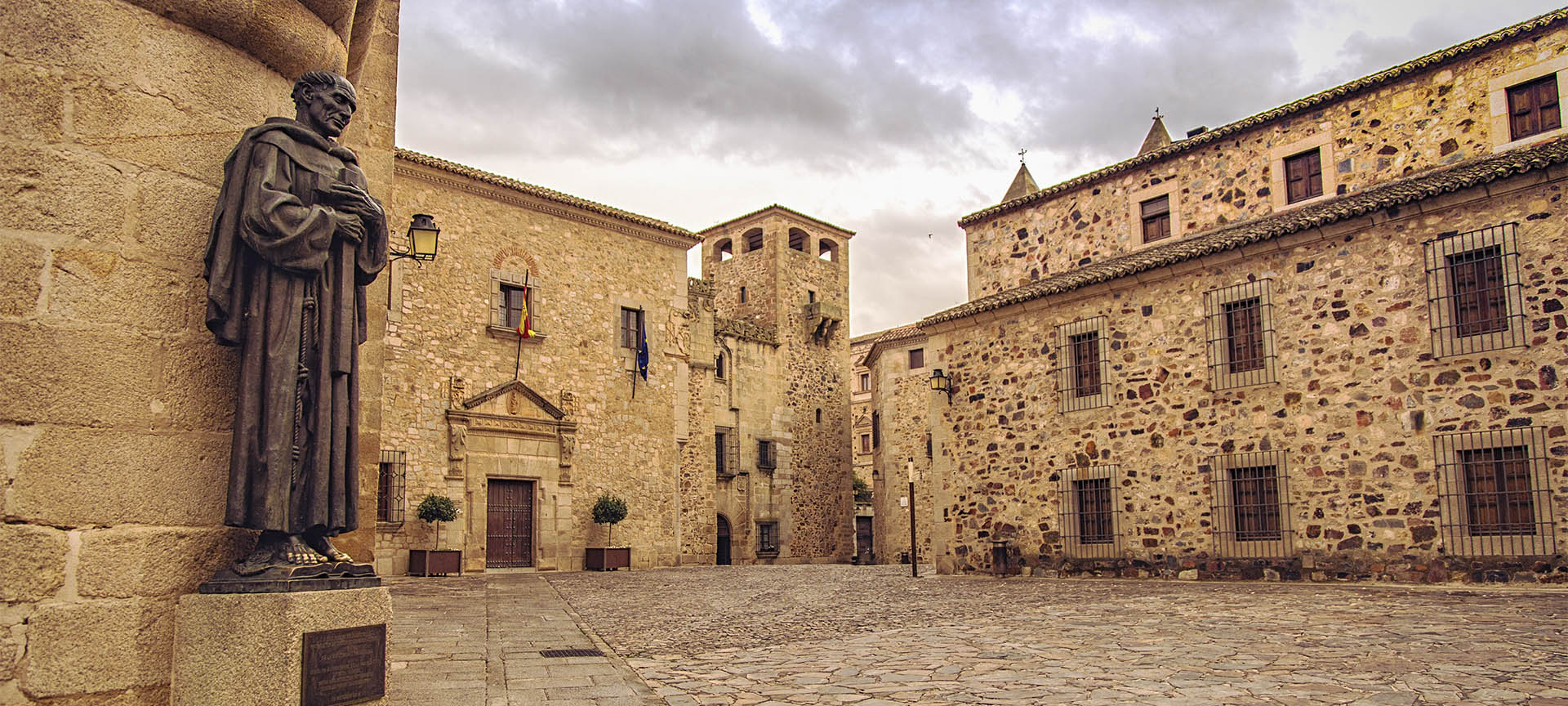
This historic city of Extremadura, known as the “town of 1001 escutcheons”, is always worth visiting.
You can feel like a time traveller as you walk along any of its narrow cobbled streets. Surrounded by mansions, Renaissance palaces and churches crowned by storks’ nests, you’ll understand why Cáceres is a World Heritage City. Get your camera ready to immortalise one of the prettiest historic town centres of Spain.
Debe activar Javascript para poder utilizar este servicio
What to visit
Select from the list or hover over the map to find out about points of interest.
Activa JS
Other ideas for your trip
How to get there - transport information
Select the means of transport to see how to get there or how to get around at your destination.
How to get to aeroplane
-
Cáceres does not have a city airport but there are three airports close to it:Badajoz Airport: about 100 kilometres away, with flights to Madrid, Barcelona and Valencia. More informationSeville Airport: about 275 kilometres away, with many national and international flights. More informationMadrid Airport: about 325 kilometres away, with flights to all major cities in Europe and many around the world. More information
How to get to train
-
Cáceres railway station is about two kilometres from the old town centre.
-
You can get to the centre of Cáceres by bus. The routes with the closest stops to the station are route 1, route 4 and route 8. It takes about half an hour to walk there.
-
Trains to Madrid (around 3 and a half hours), Mérida (less than 40 minutes), and other destinations.
How to get to bus
How to get there by road
-
From Madrid, via the A-5 motorway (around 3 hours).
-
From Seville, via the A-66 motorway (around 2 hours and 45 minutes).
-
From Badajoz, via the A-5 and then A-66 motorways or via the N-523 road (about an hour and a half).
Practical information
-
The city is easy to explore on foot.
How to get around in bus
-
Buses usually run from 07:00 to 23:00.
-
Options: You can purchase a single ticket, a combined ticket (for transfers) or a 10-trip ticket.
Shows, festivals, sports...
View some of the most relevant events you will be able to enjoy at the destination.


